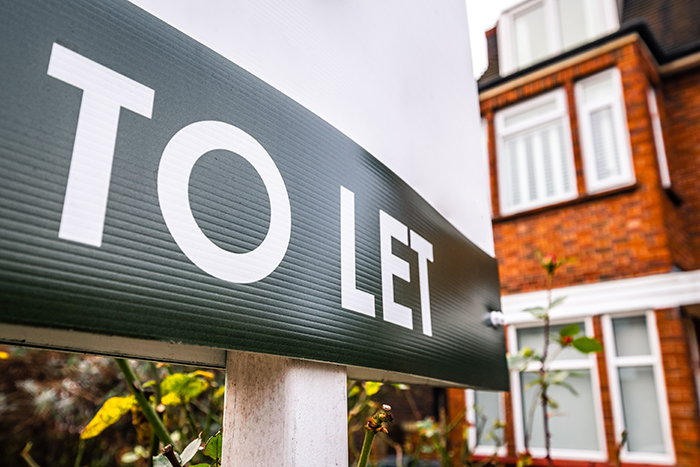
New guidelines have been issued on the rights that private sector tenants and landlords have when dealing with damp and mould in their homes, by the Property Ombudsman.
The government-backed dispute service between renters and property agents has updated its advice, adding that “an estimated one in 10 households suffer damp and mould which can endanger their health with the government considering further reforms to enhance renters’ rights”.
Its new report, called ‘Mould, Damp and Condensation in the Private Rented Sector,” comes after renters referred more than 1,000 enquiries about damp to the body last year, resulting in 200 cases and more than £36,000 being awarded to tenants.
The move comes after the government introduced its wide-ranging Renters’ Rights Bill to parliament last week, which among other measures seeks to ban Section 21 no-fault evictions.
The Bill also plans to extend Awaab’s law, from social to private sector landlords. The measure is named after toddler Awaab Ishak who died after exposure to mould in his family’s social rented home in 2020.
The Property Ombudsman Rebecca Marsh says: “We’ve published some simple guides which we’ve shared with businesses, landlords and tenants to ensure greater awareness of the causes and symptoms, how to report it and the risks in living in damp and mouldy conditions.
“We welcome the government’s plans for further protections for tenants in the private sector as we’ve seen the devastating effects of properties not being adequately repaired or maintained.”
The Property Ombudsman scheme has over 37,000 members operating from almost 20,000 offices and branches across the UK.



